Last week’s letter from President Donald Trump warning of a 35% tariff on Canadian goods has sharpened the spotlight on Canada’s dairy quota regime. US exporters say the current rules—limiting tariff-free imports under USMCA to licensed processors and distributors—“breach” the agreement and leave consumers with fewer choices.
Quota fill rates for 2024 illustrate the mismatch between policy and demand. Cheese quotas are 83% full, butter and cream powder already at 81%, yet milk powders are at 57% capacity, cream sits at 51% and industrial cheese at 49%.
Further, fluid milk uses just 33% of its allocation, ice cream at 30%, whey powder at 21%, and yogurt a mere 12%. Skim milk powder, powdered buttermilk and natural milk concentrates all fall below 10%. These numbers show strong demand for popular categories but overall under-utilization driven by restrictive licence rules.


“They give the vast majority of tariff-rate quota licences to our competitors in the Canadian dairy industry who have their own motivations,” says Shawna Morris of the US Dairy Export Council.
US exports under USMCA rose from $697 million in 2016 to $1.18 billion in 2024, yet they fall short of the volumes Canada promised.
Import data for the dairy year 2024 shows processors imported 1.6 million kg of cheddar, 1.4 million kg of mozzarella, and 952,500 kg of grated or powdered cheeses. Specialty items like brie totaled just 132 kg.
“Processors only bring in products that don’t compete with their own,” says Joe Dal Ferro of Finica Food Specialties. Retailers also echo the complaint. “The system benefits producer interests over consumer interests,” says Santo Ligotti of the Retail Council of Canada. He and other grocers want a share of TRQ licences to expand variety on store shelves.
Ottawa has so far refused to alter licence allocations. “This government remains committed to maintaining, protecting and defending supply management,” says Global Affairs Canada spokesperson Jason Kung. But US negotiators have made clear that quota reform will be a non-negotiable demand when the Canada–US deal deadline arrives on August 1.
Previous US complaints in 2021 and 2023 landed before a USMCA panel, which ruled Canada maintains “broad discretion” over licence distribution. Still, “total market access lost… was estimated at 10% of domestic production,” according to Agriculture and Agri-Food Canada, and Dairy Farmers of Canada pegs the loss closer to 18%.
Ending supply management altogether would eliminate the licence bottleneck and allow market forces to allocate import volumes where demand is strongest. A phased repeal—cutting quotas and over-quota tariffs by 10% annually—could give domestic producers time to adapt while restoring free-market signals and increasing competition.
By lifting these artificial barriers, Canada would not only satisfy USMCA obligations but also lower consumer prices, broaden product choice, and strengthen its position in future trade talks.
Information for this story was found via The Globe And Mail and the sources mentioned. The author has no securities or affiliations related to the organizations discussed. Not a recommendation to buy or sell. Always do additional research and consult a professional before purchasing a security. The author holds no licenses.

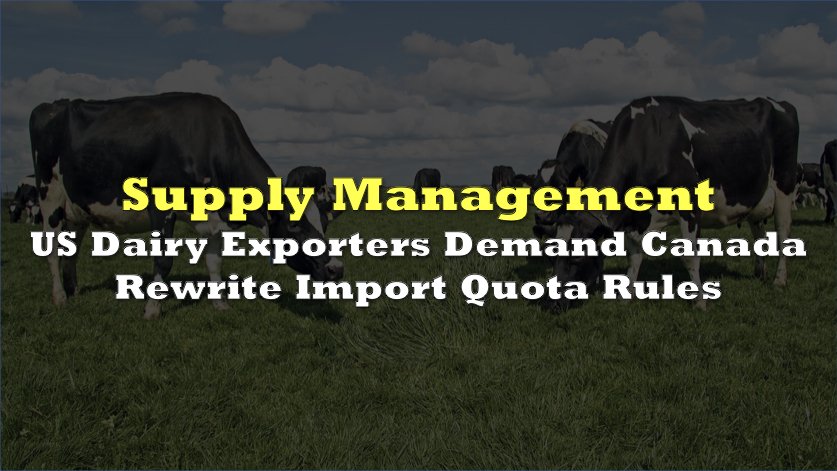



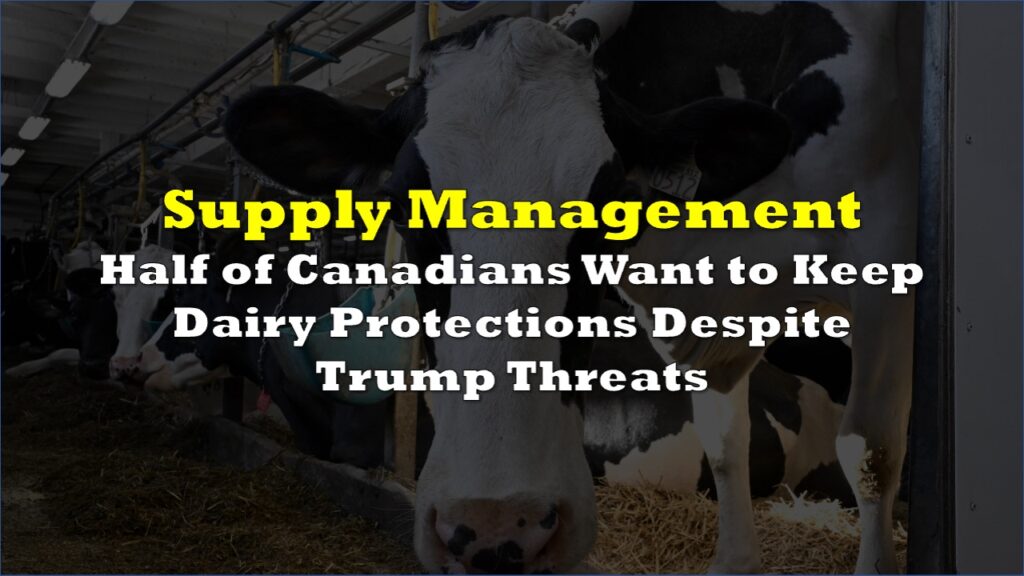

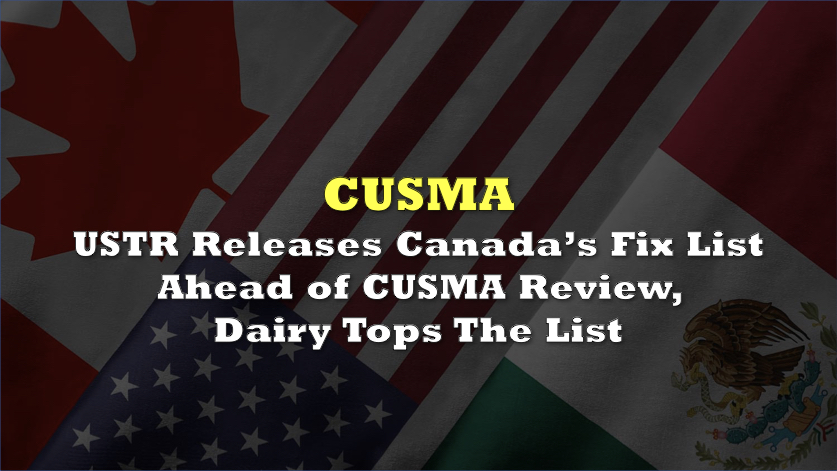
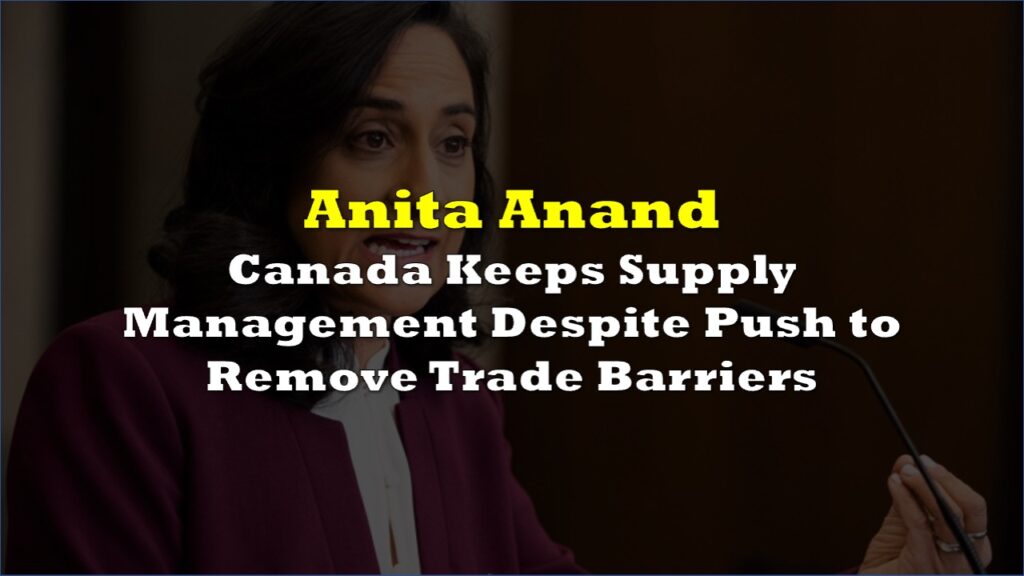
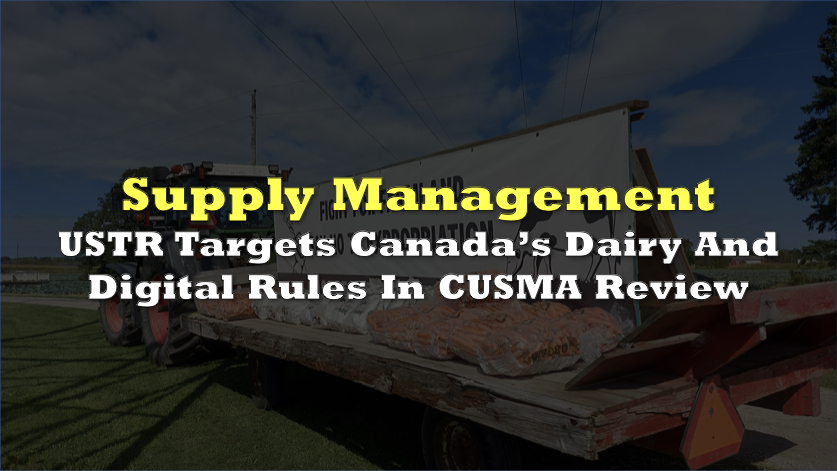
2 Responses
Supply management is extortion on the Canadian consumer, and benefits 6 rich families, many of whom are/were involved in organized crime years ago.
Supply management protects Canadian dairy & poultry farmers. They are much smaller entities than the dairy conglomerates in the USA. Our dairy standards are among the highest in the world & have been since I farmed as a family farm in the 60’s. The current administration in the US was demanding removal of the DST due to t0 being an attack on the US tech industry. Removal of our supply management that protects our family farmers would be an attack on our farmers in the same way. Perhaps reinstating the DST in lieu of keeping supply management is a bargaining tool to be used. Negotiations can’t be all one sided which it appears to be. His way or no discussion-I’ll take no discussion & continue to move on. It won’t be easy but in the long run some pain will eventually lead to some gain down the road(hopefully). Nothing either way is a guarantee so we must do what we need to do & retreat more from USA independence- bottom line.